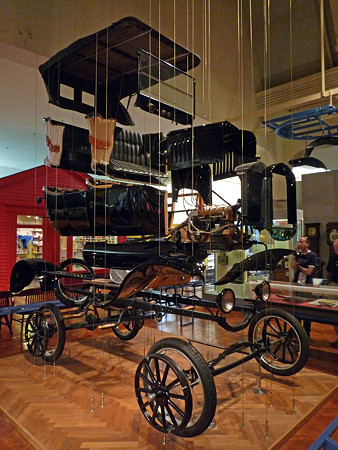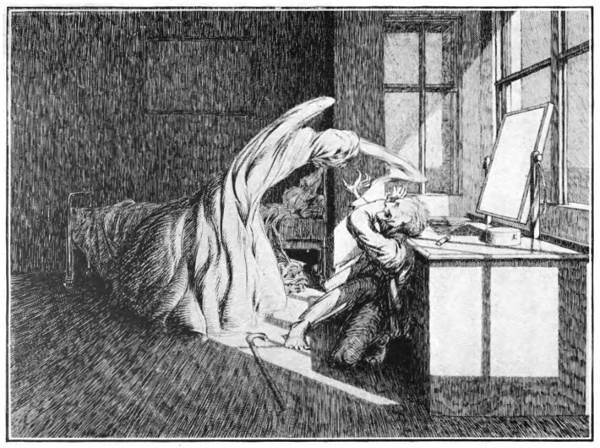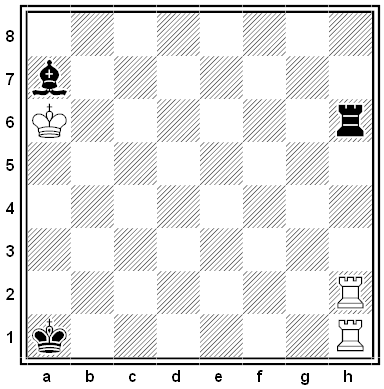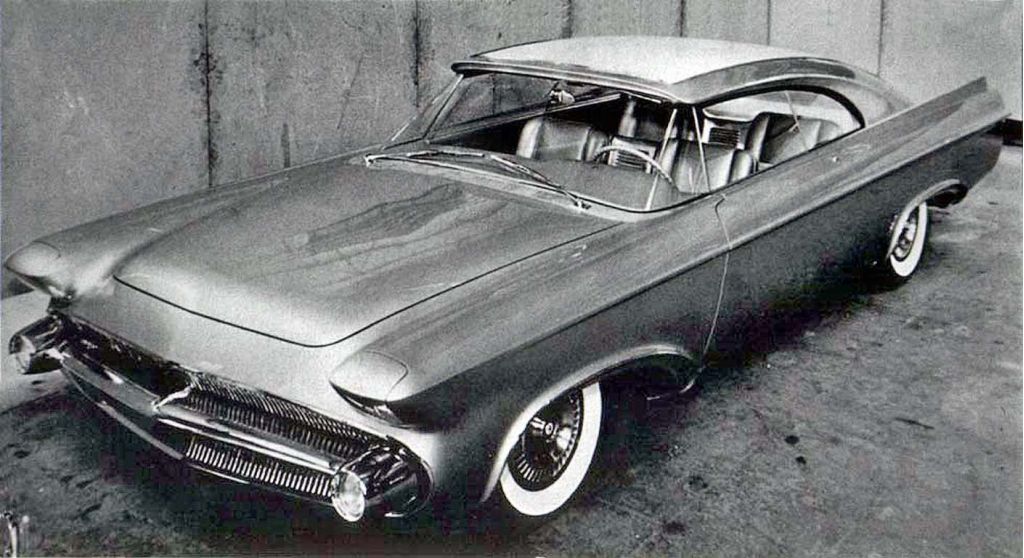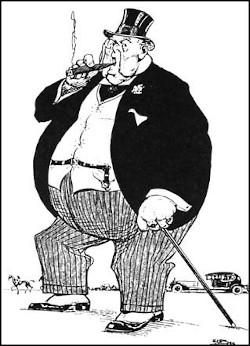William Friedman, the father of modern American cryptology, was fond of a cipher devised by Francis Bacon — a scheme so flexible that it could hide a message in a drawing, a piece of sheet music, almost any imaginable setting (“anything can be made to signify anything”).
In 1918 he used it to hide a message in the graduation photograph of the codebreakers’ class that he’d taught with his wife Elizebeth (click to enlarge). Some students are looking at the camera, others to the side — they’re encoding the message KNOWLEDGE IS POWER, a quotation of Bacon’s that was a favorite of Friedman’s.
Friedman kept the photo on his desk for the rest of his career, and when he died in 1969 Elizabeth had the phrase engraved on his tombstone, in a design of her own devising:

In 2017, cryptographer Elonka Dunin noticed that the inscription is composed of both serif and sans-serif letters. It turns out that even this is a cipher — Elizabeth had used it to conceal the letters WFF, William’s initials. Dunin calls it “a fitting tribute, in the life of a couple who had been so dedicated to the field of codes and ciphers.”
There’s more on the Friedmans’ legacy in this NSA publication.


